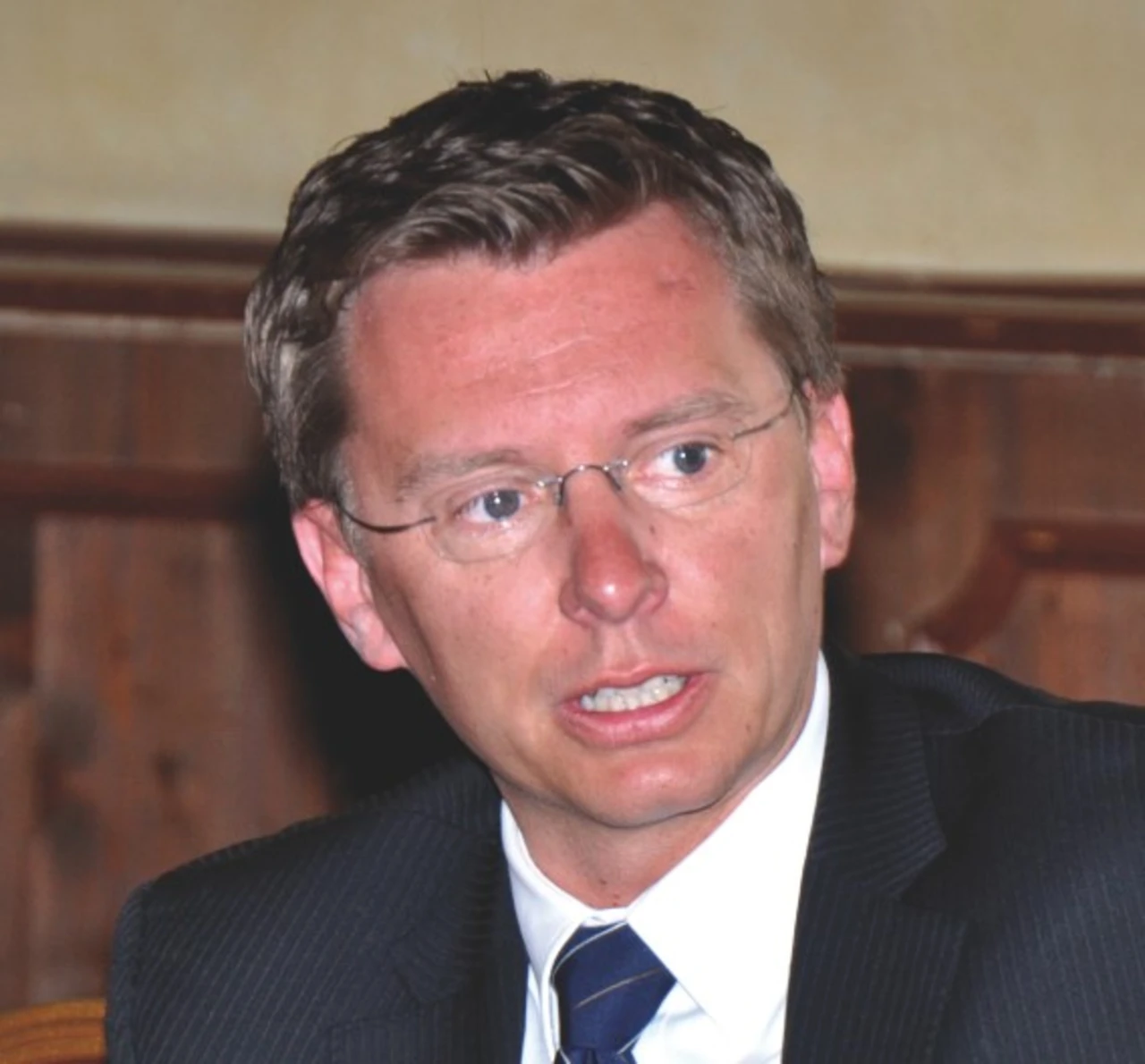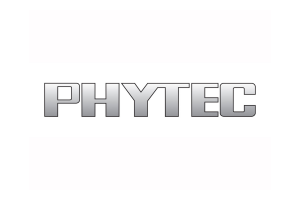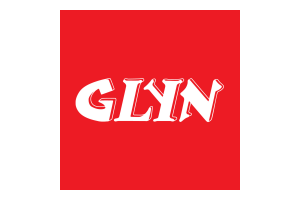Everything new in the channel?
The supply chain goes “democratic” and its challenges
Fortsetzung des Artikels von Teil 1
Almost no getting round IoT

“The key topics are definitely health, mobility and Industry 4.0. But in the maker scene in particular health and non-profit projects play a big role, as we know from our own experience”, summarizes Bühler. “The fact that startups and not only pharmaceutical and medical engineering enterprises are occupied with practical health solutions — there we see the supply chain going democratic.” The projects at the focus of such startups, says Bühler, often come from personal motivation, like finding the solution to a health problem in the family or among friends. “Such makers or inventors don’t think about the hardware and the business case in the first place, it’s a matter of helping.”
How important this target group has now become is evidenced by the presence of many distributors in the electronica experience area in hall C6. Here the focus is not so much on promoting business through classic industrial projects as on the game and fun factor, meant to show visitors all that is possible together with distributors as partners. Popular exhibits are robots, a 3D printer and smart machines of every kind.
Almost no getting round IoT
The IoT, a subject gaining in importance, aside from trendy maker projects, in the classic B2B industrial sector, is a field where distribution can create a marked profile and expand its radius of action in the value-added chain. “In the meantime as part of the IoT we also have wholly new ways of cooperation, and sit down at the table as a semiconductor consultant in strategy workshops together with a customer who is implementing a major IoT project,” reports Frank Stephan, country manager von Avnet Silica. “Our value added is that we can provide exact information, from the sensor to the cloud, of which producers are instrumental, and of course can dedicate our expertise in software and security.”
In such discussions matters of hardware are not at the forefront. Success in the IoT stands or falls with the right partners in the network, affirmed other participants in the discussion. If the distributor manages to create mutual trust, they are onboard in the network. “We must produce competence today that is quite different to yesterday’s”, underscores Stephan. “The customer has an idea and is looking for partners to help them implement it.” If you as a distributor want to venture into new fields like the IoT, you have to face this challenge.
Zühlke sees it the same way, simply presenting components to the customer is way off the mark given the complexity. “We’re increasing cooperation and partnerships to cover the complete segment, with Fraunhofer for instance and the universities of Chemnitz and Zwickau.” Rutronik has already conducted projects with these research institutions, resulting in patentable solutions. Despite all the IoT hype, one swallow does not make a summer. Not every distributor can or wants to jump on the IoT bandwagon. Consequently Schukat, says sales manager Axel Wieczorek, has not planned to expand its portfolio towards software expertise or cloud solutions. “We will not re-invent our distribution business model. Our ambition is to further optimize our processes and to become better in everything we do.”
Individualism instead of mainstream
It must be clear to distribution that amidst all the exciting further developments the perhaps boring daily business for a distributor of passive components still has to be taken care of. “At the end of the day why shouldn’t this business model be successful”, remarks Reinicke. 20 years ago came the swan song for passive components, replaced by greater integration. “And today we’re still working with MLCCs”, he says.
For a distributor of C components the question in daily business was rather that of the most efficient logistics to handle the increasing masses of components, and how to cut process costs. “The market changes, the demands change, and we adapt, and we in distribution will have to keep doing that”, sums up Reinicke. A model “one size fits all” is not on the horizon, but that is what distribution in central Europe is: individualism instead of mainstream.
- The supply chain goes “democratic” and its challenges
- Almost no getting round IoT








